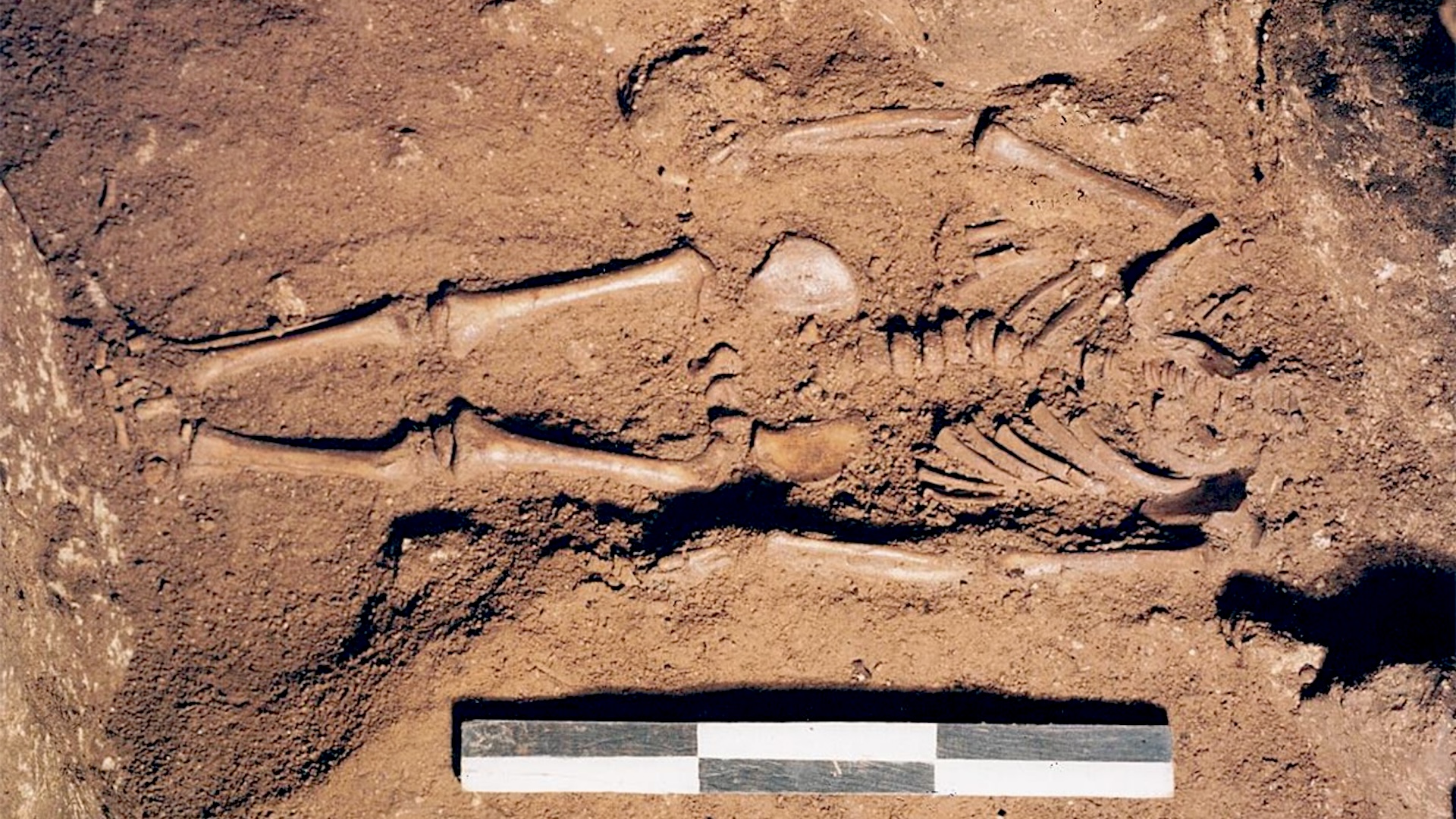Drones, Vol. 7, Pages 637: Eyes in The Sky: Drones Applications in the Built Environment under Climate Change Challenges
Drones doi: 10.3390/drones7100637
Authors: Norhan Bayomi John E. Fernandez
This paper reviews the diverse applications of drone technologies in the built environment and their role in climate change research. Drones, or unmanned aerial vehicles (UAVs), have emerged as valuable tools for environmental scientists, offering new possibilities for data collection, monitoring, and analysis in the urban environment. The paper begins by providing an overview of the different types of drones used in the built environment, including quadcopters, fixed-wing drones, and hybrid models. It explores their capabilities and features, such as high-resolution cameras, LiDAR sensors, and thermal imaging, which enable detailed data acquisition for studying climate change impacts in urban areas. The paper then examines the specific applications of drones in the built environment and their contribution to climate change research. These applications include mapping urban heat islands, assessing the energy efficiency of buildings, monitoring air quality, and identifying sources of greenhouse gas emissions. UAVs enable researchers to collect spatially and temporally rich data, allowing for a detailed analysis and identifying trends and patterns. Furthermore, the paper discusses integrating UAVs with artificial intelligence (AI) to derive insights and develop predictive models for climate change mitigation and adaptation in urban environments. Finally, the paper addresses drone technologies’ challenges and the future directions in the built environment. These challenges encompass regulatory frameworks, privacy concerns, data management, and the need for an interdisciplinary collaboration. By harnessing the potential of drones, environmental scientists can enhance their understanding of climate change impacts in urban areas and contribute to developing sustainable strategies for resilient cities.

 1 year ago
38
1 year ago
38


